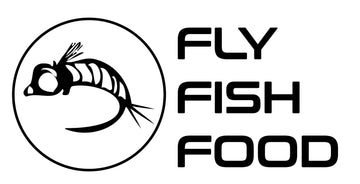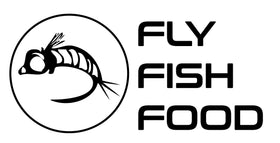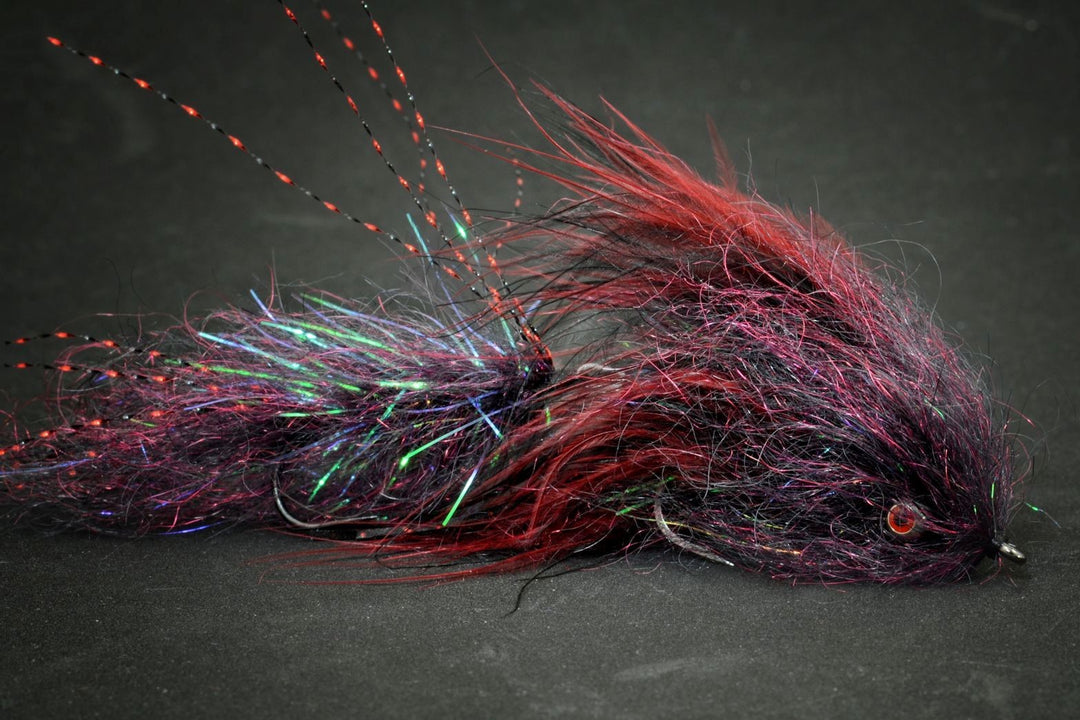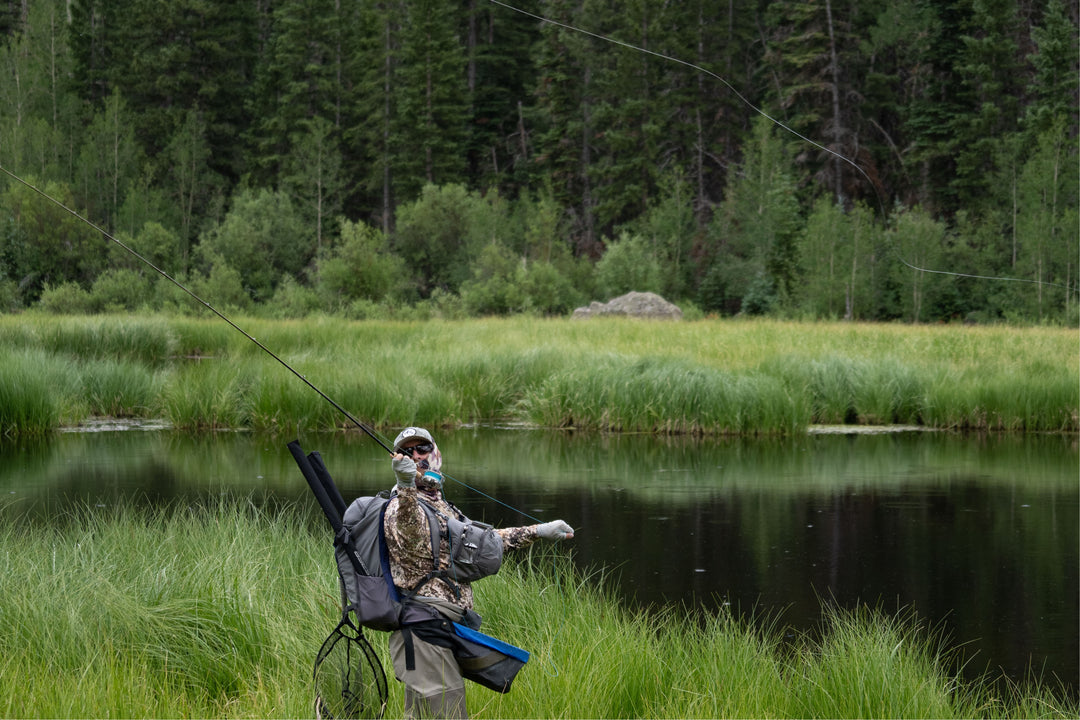New York ·
Neversink River Fly Fishing Report - August 8/23/2025
NEVERSINK RIVER FLY FISHING REPORT
Southern Delaware River Basin — Neversink Tailwater & Nearby Freestones
Report Date: August 23, 2025 | Next Update: August 30, 2025
Current River Conditions
Late‑summer pattern: expect cooler, fishable water and the most consistent surface activity in the tailwater below Neversink Reservoir during low light. Freestone reaches warm up in the afternoon—plan accordingly.
Flows & Clarity
Tailwater releases are steady from the reservoir; visibility is generally good in the tailwater sections. Freestone stretches can be lower and clearer but get warmer through the day.
Tailwater releases are steady from the reservoir; visibility is generally good in the tailwater sections. Freestone stretches can be lower and clearer but get warmer through the day.
Water Temperature
Tailwater (below reservoir): typically cooler—mid 50s to low 60s °F in mornings/evenings.
Freestone stretches: rise into the mid‑to‑upper 60s °F by mid/late afternoon; avoid fishing when temps approach or exceed 68°F.
Tailwater (below reservoir): typically cooler—mid 50s to low 60s °F in mornings/evenings.
Freestone stretches: rise into the mid‑to‑upper 60s °F by mid/late afternoon; avoid fishing when temps approach or exceed 68°F.
Weather
Late‑summer warmth with cooler nights. Watch for low wind windows at dawn and dusk; these are the prime surface periods.
Late‑summer warmth with cooler nights. Watch for low wind windows at dawn and dusk; these are the prime surface periods.
Access & Fishing Areas
Best public opportunity and consistent surface activity: the tailwater downstream of Neversink Reservoir. Upper freestones can fish well early/late but warm quickly.
Best public opportunity and consistent surface activity: the tailwater downstream of Neversink Reservoir. Upper freestones can fish well early/late but warm quickly.
Hatch Chart & Insect Activity (Late August)
| Insect | Imit. Size | Activity | Prime Time / Notes |
|---|---|---|---|
| Sulphurs (Baetis) | #16–18 | Good | Mornings and low‑light tailwater rises — good for long leaders and small parachutes |
| Isonychia / Yellow Drakes | #8–12 | Occasional | Midday to afternoon; look for larger, sporadic dun swarms on shallow riffles |
| Blue‑Winged Olives (BWOs) | #18–22 | Steady | All day in cool tailwater seams; late afternoon into evening can be productive |
| Yellow Sallies / Cahill types | #12–16 | Light–Moderate | Afternoons and shaded banks; terrestrials increase in low light |
| Caddis (tan/olive) | #14–18 | Light | Evening skittering along banks — try skittering caddis or CDC patterns |
| Midges | #18–22 | Light | When the surface is calm, a few risers will show around slow tails and eddies |
What to Fish — Pattern Picks (with links)
Below are field‑tested recommendations matched to available fly patterns. Sizes and when to use are included. Click the fly name for product details.
Dry Flies & Emergers
- Parachute - Blue Wing Olive — sizes #18–22. Long leaders, subtle presentation for tailwater BWO activity.
- Split Case - PMD — sizes #14–18. Good mid‑day when PMD or sulphur duns flicker on the surface.
- Corn‑fed Caddis (CDC) - Olive — sizes #14–16. Skitter at dusk along banks and riffle tails.
- Libby's Salmonfly — sizes #4–8. Use only when larger stonefly or drake activity is present (good attractor for hungry browns in shallower runs).
- Taylor's Fat Albert - Tan — sizes for terrestrials. Throw one when banks are alive with beetles, ants or when a hopper dropper is desired.
Nymphs & Subsurface
- Tungsten Pat's Rubber Legs — sizes #6–10. Excellent tungsten jig for shallow to mid‑depth runs when stoneflies are present.
- Pheasant Tail Tungsten — sizes #14–18. Classic generalist nymph for sulphur/baetis activity.
- Juju Baetis Tungsten — sizes #16–20. Use in indicator rigs or tight‑line Euro setups for picky fish.
- Tungsten Split Case Nymph - PMD — sizes #14–16. Weighted emergers for deeper soft‑water lies.
- Black Zebra Midge (TBH) — sizes #18–22. When the fish key to midges or in very calm, low current pockets.
Streamers & Big Fly Options
- Coffey's Articulated Sparkle Minnow - Sculpin #4 — go after territorial browns in deeper runs and undercut banks.
- Cheech Leech - Black — a soft, profiley leech for swing/strip presentations through tailouts and seams.
- Sculpzilla - Natural — use when fish are keyed on small sculpin or larger baitfish profiles.
Tactics & Quick Tips
Morning: Indicator or Euro nymphing in the tailwater and deeper pool heads — tungsten nymphs and rubber legs are excellent.
Mid‑day: Small nymph rigs and emergers; watch for Isonychia or Yellow Drake activity in riffles and match larger mayfly sizes when seen.
Dusk & Evening: Tailwater dries light up — long leaders (12'+) and small tippets (4X–6X) reward delicate presentations. Skittering caddis and BWOs can produce strong eats.
Terrestrials: Ants, beetles and fat‑Albert style patterns can be game‑changers on low, warm afternoons and near overhanging banks.
Ethics & Fish Care: Avoid heavy daytime fishing on the warmer freestone sections. If water temps approach 68°F, focus on tailwater or call it a day to protect fish.
Mid‑day: Small nymph rigs and emergers; watch for Isonychia or Yellow Drake activity in riffles and match larger mayfly sizes when seen.
Dusk & Evening: Tailwater dries light up — long leaders (12'+) and small tippets (4X–6X) reward delicate presentations. Skittering caddis and BWOs can produce strong eats.
Terrestrials: Ants, beetles and fat‑Albert style patterns can be game‑changers on low, warm afternoons and near overhanging banks.
Ethics & Fish Care: Avoid heavy daytime fishing on the warmer freestone sections. If water temps approach 68°F, focus on tailwater or call it a day to protect fish.
Tackle, Leaders & Suggested Rigs
- Rod: 3–6 weight for tailwater technical dries and nymphing; 6–8 weight for big streamers.
- Leaders: 9'–15' tapered for dries (long leaders for spooky wild browns); 7'–9' with 4–6' fluorocarbon tippet for nymph rigs.
- Tippet: 4X–6X for dries/emerger work; 2X–4X for streamers and heavy nymphs. Use small split shot or tungsten beads when holding nymphs near the bottom.
- Leaders: 9'–15' tapered for dries (long leaders for spooky wild browns); 7'–9' with 4–6' fluorocarbon tippet for nymph rigs.
- Tippet: 4X–6X for dries/emerger work; 2X–4X for streamers and heavy nymphs. Use small split shot or tungsten beads when holding nymphs near the bottom.
Species & Expectations
The Neversink produces primarily brown trout (a mix of wild and holdover/stocked fish). Expect selective fish in the tailwater—patience, precise drifts and matching the hatch will be rewarded. Numbers can be lower than heavily stocked waters, but quality fish (and a great fight) are possible.
Regulations & Access Notes
Always confirm current NYS DEC regulations for the Neversink River, carry a valid NY fishing license, and respect posted private access. The tailwater below the reservoir has public fishing corridors — park only in designated lots and leave gates as you find them.




